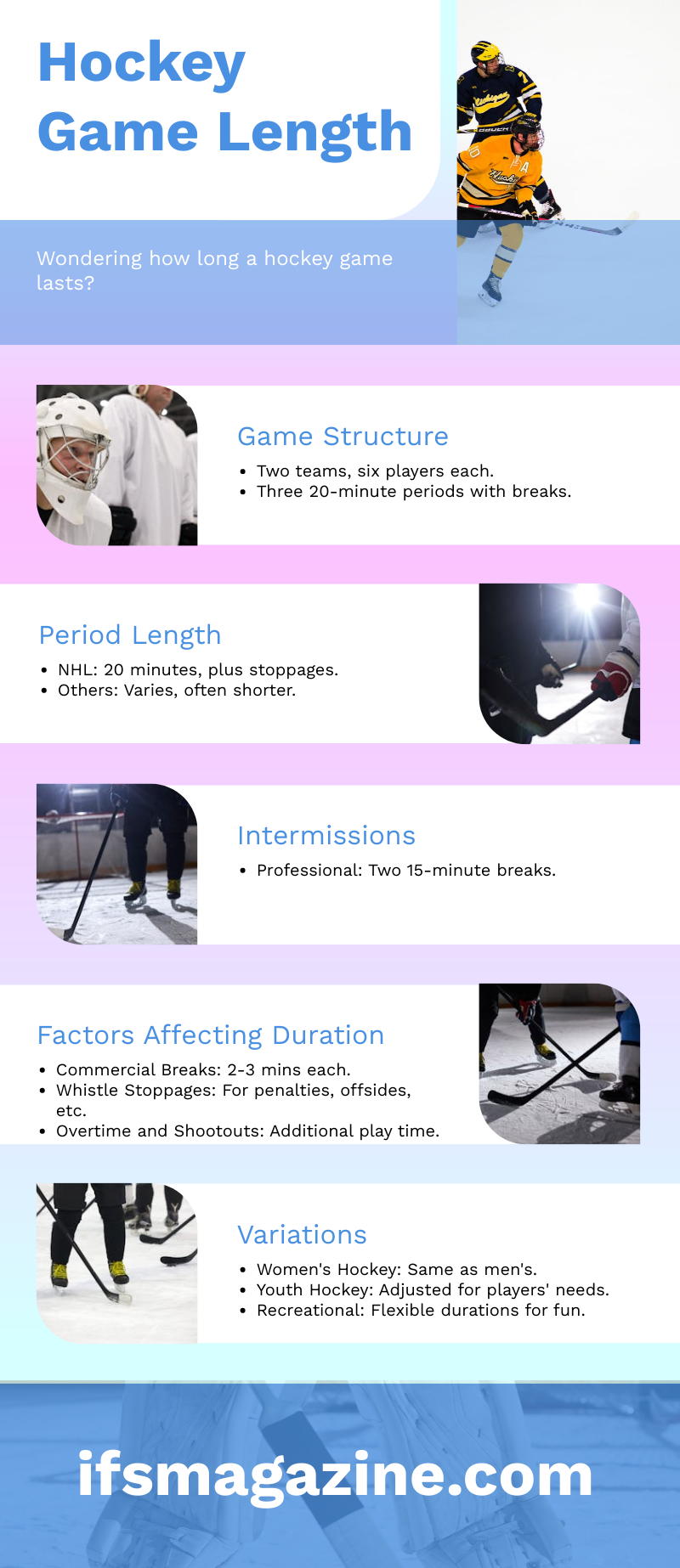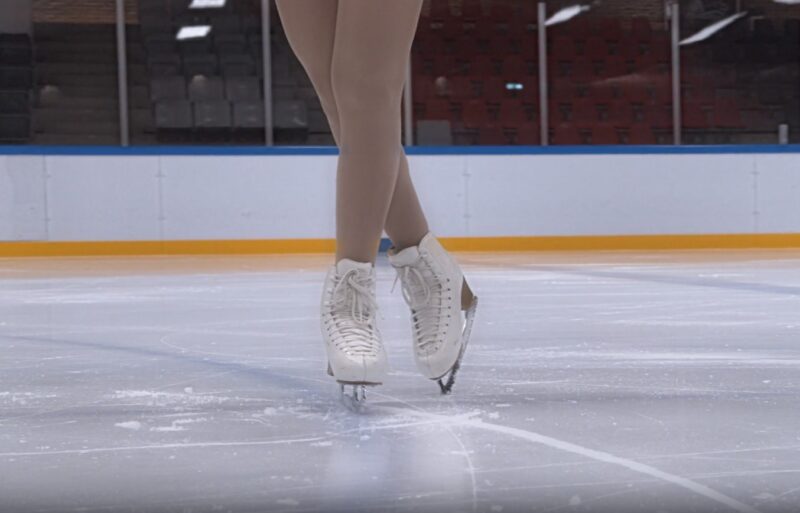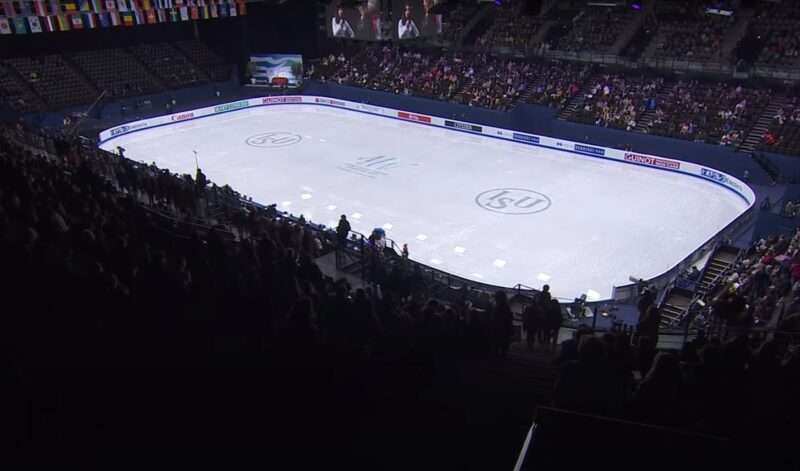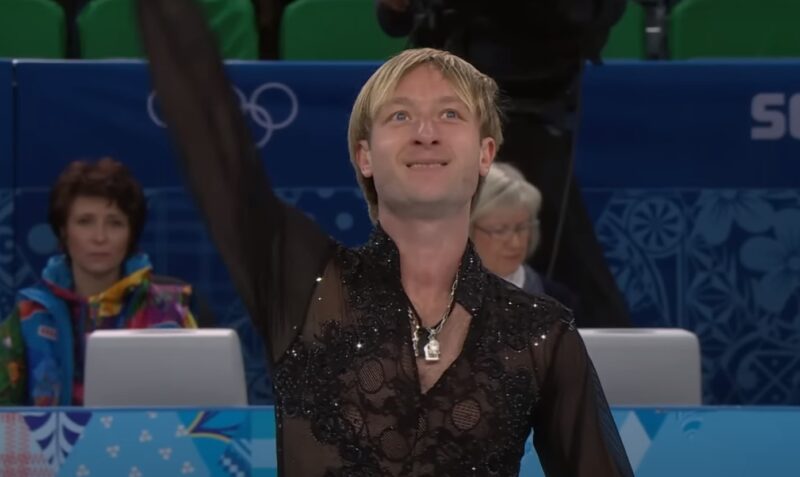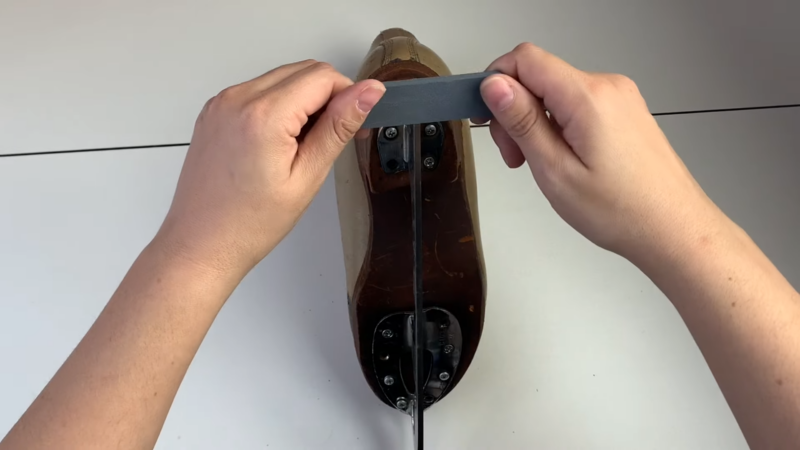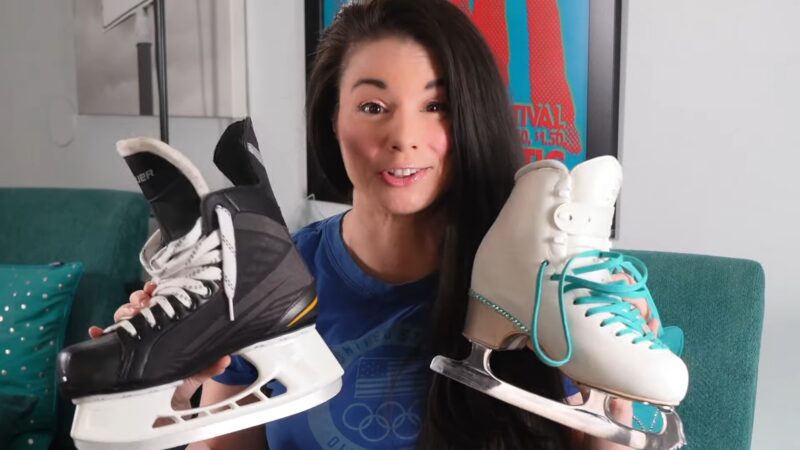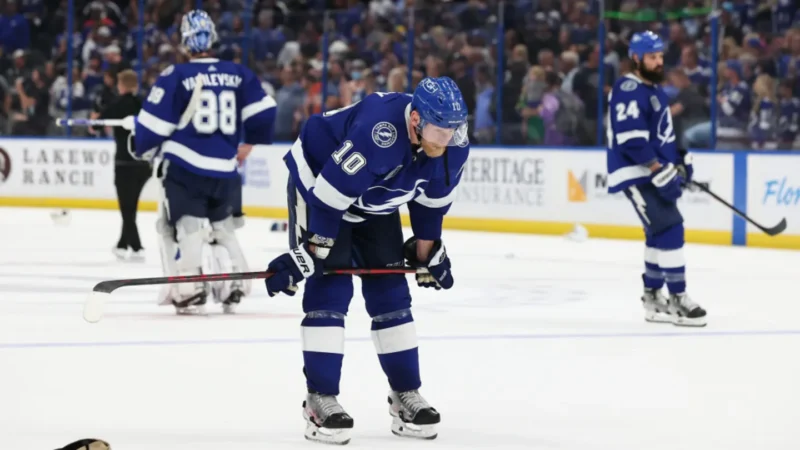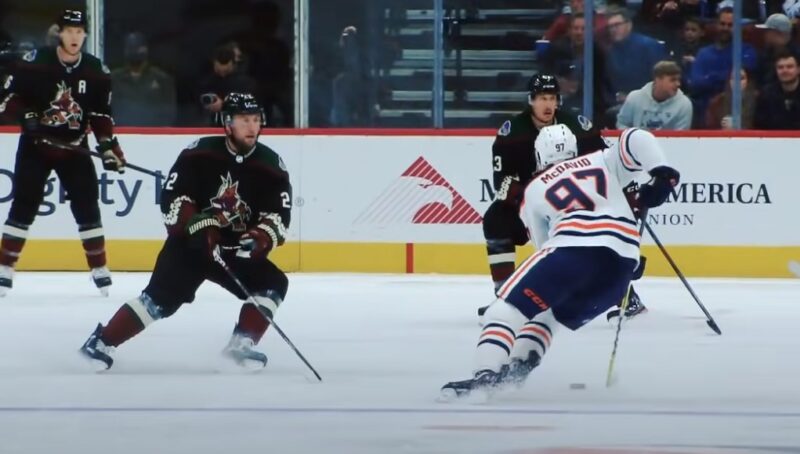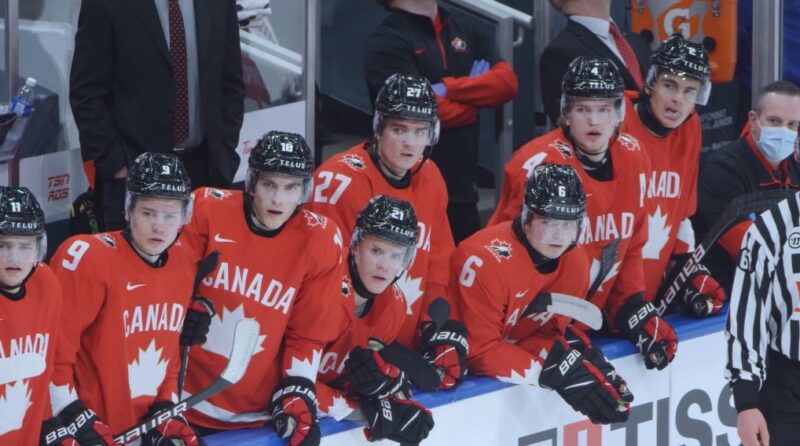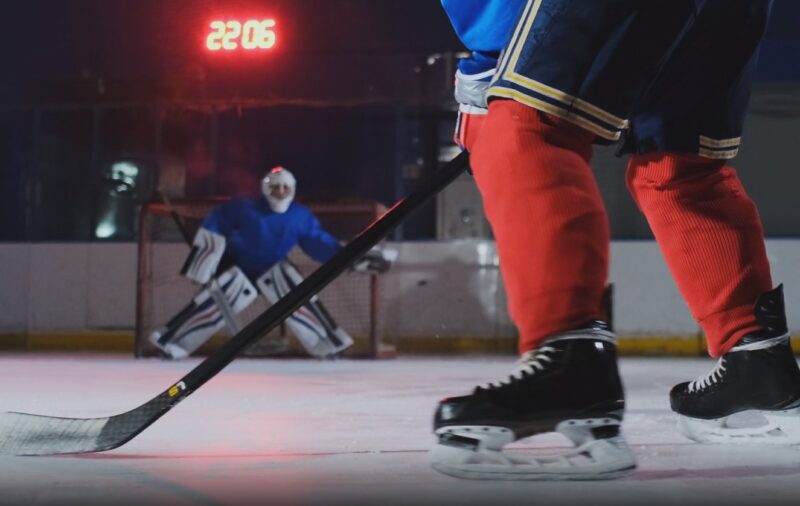
Hockey is one of the most popular sports in the world, especially in the US and Canada. While the average time of one game is 60 minutes, that is not always the case, and several factors can affect the total duration.
The evolution of hockey culture in Canada, with its deep-rooted traditions and fervent fan base, has significantly contributed to the sport’s rich history and enduring legacy.
The Structure of the Game
Hockey is typically played with two teams, each consisting of six players on the ice at a time, including one goaltender. The game is divided into three periods, with each period traditionally lasting 20 minutes of actual gameplay.
These periods are separated by two intermissions, which are typically around 15 minutes each. This basic structure applies to professional leagues like the NHL, but variations can occur in different levels of play.
Period Length
While the 60-minutes period is what we got used to by watching NHL, not all competitions and categories follow this rule.
Professional Leagues (NHL)
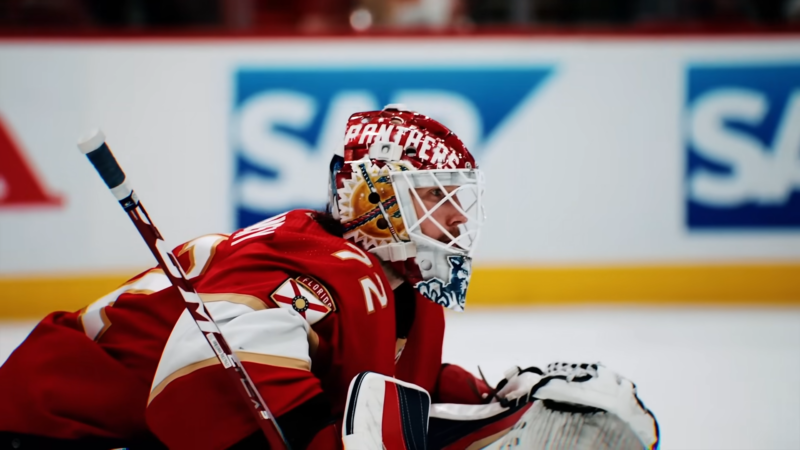
In the National Hockey League (NHL), the world’s premier professional hockey league, each period lasts 20 minutes of gameplay. The clock stops whenever there is a whistle for an icing call, penalty, offside, or other stoppage in play.
This stop-and-start nature of the game can extend the actual time spent on the ice for each period.
International Play
In international competitions, such as the IIHF (International Ice Hockey Federation) World Championships and the Winter Olympics, periods also typically last 20 minutes.
However, the rules governing overtime and shootout formats may differ from those in professional leagues, affecting the overall game duration in case of a tie.
Amateur and Youth Hockey
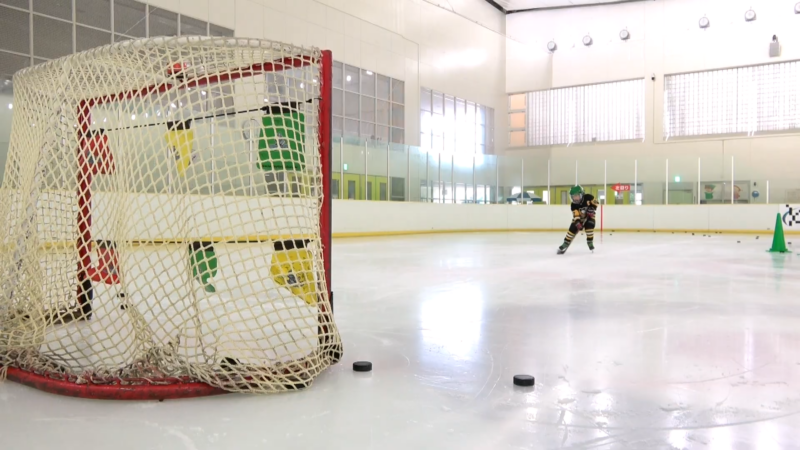
Amateur and youth hockey leagues often have variations in period length. For example, youth games may have shorter periods, typically 15 or 12 minutes, to accommodate the players’ age and skill level. These shorter periods lead to shorter game durations.
Intermissions
Intermissions are scheduled breaks between periods, allowing players to rest and providing opportunities for in-arena entertainment and commercial advertising. In professional leagues, intermissions usually last around 15 minutes each.
During these intermissions, teams and coaches discuss strategies, make adjustments, and players receive medical attention if needed.
Factors Affecting Game Duration
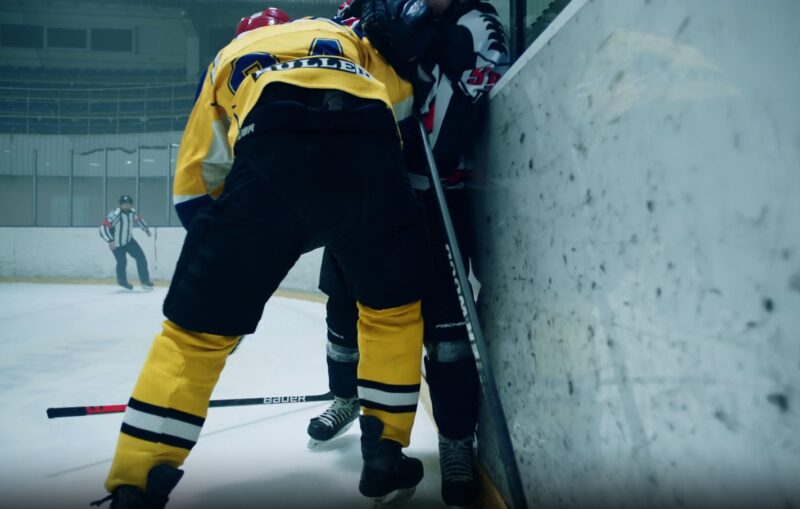
Several factors contribute to the overall duration of a hockey game, extending the time beyond the 60 minutes of actual gameplay.
Commercial Breaks
Television broadcasts of hockey games often include commercial breaks. These breaks, which provide valuable advertising revenue, can add several minutes to the total game time.
The frequency and duration of these breaks can vary, depending on the broadcasting network and contractual agreements.
Whistle Stoppages
Hockey is a highly regulated sport, and referees blow the whistle to stop play for various reasons, including:
- When a player commits a foul or violation, they are sent to the penalty box. The game clock continues to run during most penalty time, extending the period’s duration.
- When a team shoots the puck from their side of the red centerline across the opponent’s goal line, and it reaches the goal line untouched, icing is called. This results in a faceoff in the offending team’s defensive zone and a stoppage in play.
- If an attacking player enters the offensive zone before the puck crosses the blue line, an offside infraction is called, leading to a faceoff outside the zone.
- When the puck leaves the playing area (e.g., into the crowd), play stops until the puck is retrieved and returned to the ice.
These stoppages can add significant time to the game, especially in closely contested matches with numerous infractions.
Overtime and Shootouts
Additional periods may be played to determine the winner. Overtime formats vary depending on the league and level of play.
The NHL, for instance, uses a sudden-death overtime period with teams playing four skaters aside (excluding the goaltenders). If no winner is determined in overtime, a shootout may follow to decide the outcome of the game.
Overtime and shootout scenarios can significantly extend the total game time, especially during playoff matches, where every moment is crucial.
| Factor | Description | Estimated Added Time |
|---|---|---|
| Commercial Breaks | Television broadcasts include commercial breaks for advertising, varying by network and contracts. | 2-3 minutes per break |
| Penalties | Game clock continues during penalty time, extending the period’s duration. | 2 minutes for minor penalty |
| Icing | Results in a faceoff in the offending team’s defensive zone, stopping play. | 1-2 minutes (including faceoff) |
| Offside | Leads to a faceoff outside the offensive zone, stopping play. | 1-2 minutes (including faceoff) |
| Puck Out of Play | Play stops until the puck is retrieved and returned to the ice. | 1-2 minutes |
Variations
There are other changes that are seen in various leagues. They can be quite different when compared to the most popular one.
Women’s Hockey
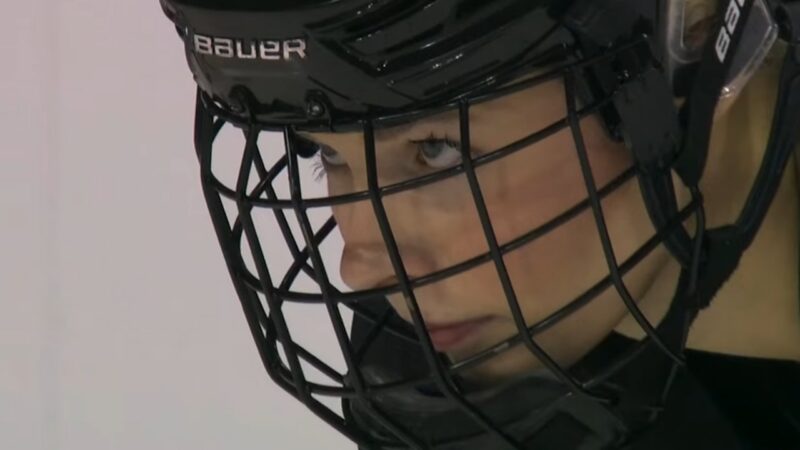
Women’s hockey played at the highest levels, follows the same period length and intermission duration as men’s hockey.
The NHL, NWHL (National Women’s Hockey League), and IIHF tournaments maintain these standards to promote parity and consistency in the sport.
Youth Hockey
Youth hockey leagues, catering to players of various ages and skill levels, often adapt the game’s duration to suit the physical and developmental needs of young players.
Period lengths can range from 12 to 15 minutes, with shorter intermissions.
Recreational
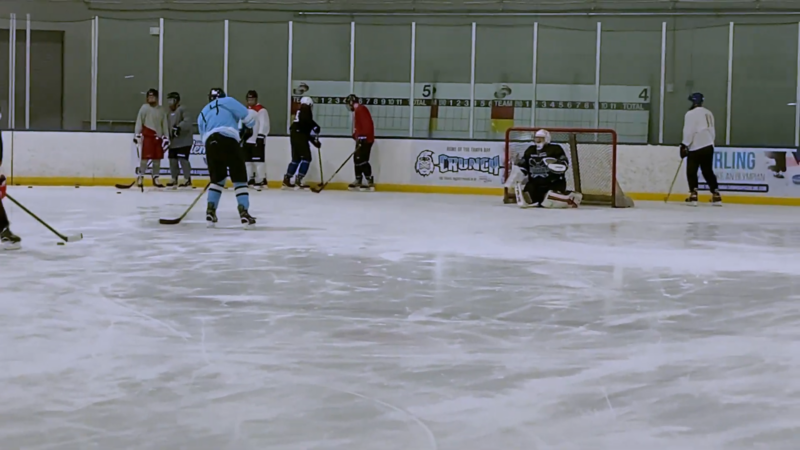
Recreational and beer league hockey, which emphasizes fun and socialization over competition, may have more flexible game durations.
Period lengths and intermission times can be adjusted based on the preferences of the participants, as long as both teams agree to the modifications.
Summary
The duration of a hockey game is influenced by a combination of factors, including the level of play, rule changes, commercial interests, and game management strategies.
While the standard duration of 60 minutes of actual gameplay remains a common benchmark in professional leagues like the NHL, variations exist in youth, amateur, and recreational hockey.
Rule changes have evolved the sport, impacting the speed and scoring, and overtime formats have been adapted to ensure fair outcomes.
Related Posts:
- What Is Offsides In Hockey And How It Is Shaping The Game?
- How Fast Can Hockey Players Skate? - Average Player…
- Panthers Secure Victory in Game 5, Lightning Eliminated
- The Thrill of the Ice: Navigating Sports Betting in…
- What Is a Powerplay in Hockey? Strategies, Rules,…
- Hockey Skates vs. Figure Skates - What is the Difference?


